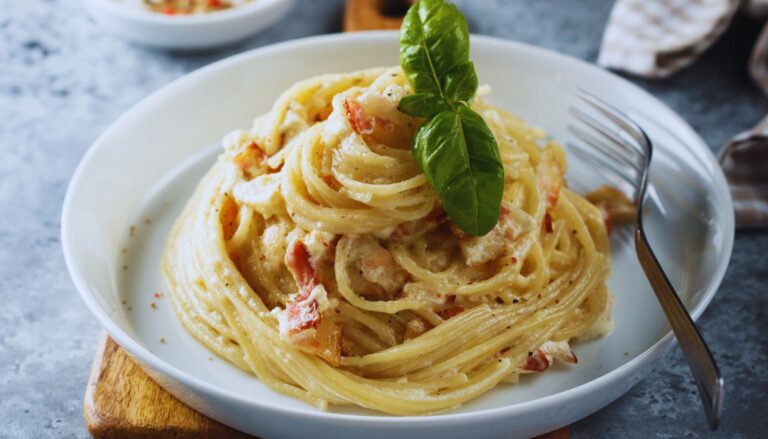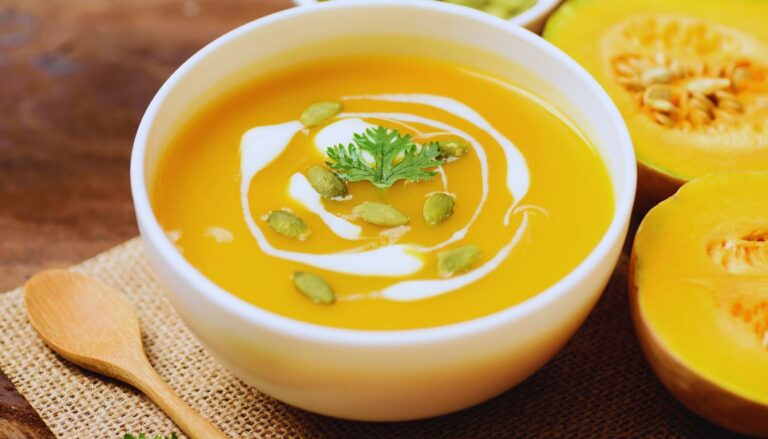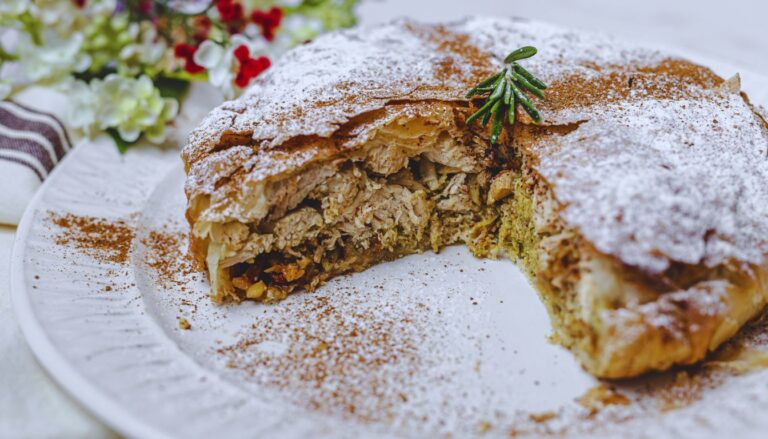Qifqi, Gjirokastra Albania
Nestled in the dramatic valleys of southern Albania, where stone houses cascade down steep hillsides, Gjirokastra guards a culinary treasure that has sustained generations: Qifqi. These perfectly spherical rice balls, crispy on the outside and tender within, tell the story of Albanian ingenuity and resourcefulness. As you wander through the UNESCO-protected cobblestone streets of this fortress city, the aromatic whispers of herbs and spices guide you to local kitchens where this beloved street food continues to capture the hearts of visitors and locals alike.
Table of Contents
Origins and History
The story of Qifqi is deeply intertwined with Gjirokastra’s history, dating back to the Ottoman period when rice became a precious commodity in Albanian households. Local women, known for their culinary creativity, developed these distinctive rice balls as a way to transform simple ingredients into a satisfying meal. The name “Qifqi” itself is believed to derive from the Turkish word “köfte,” though the dish evolved into something uniquely Albanian.
During times of scarcity in the mid-20th century, Qifqi became especially important as families could create filling meals from minimal ingredients. The dish’s popularity grew beyond household kitchens to become a symbol of Gjirokastran cuisine, representing the region’s ability to create extraordinary flavors from ordinary ingredients.
Cultural Significance
In Gjirokastra’s social fabric, Qifqi represents more than just sustenance – it embodies the spirit of Albanian hospitality. These rice balls are traditionally served:
- As a welcoming dish to honored guests
- During family celebrations and gatherings
- At local festivals celebrating Gjirokastra’s heritage
- As a proud representation of local cuisine to tourists
The preparation of Qifqi has traditionally been passed down through generations of Gjirokastran women, with each family maintaining subtle variations in their recipe. This transmission of culinary knowledge helps preserve cultural identity and strengthens family bonds.
Ingredients and Preparation
The beauty of Qifqi lies in its simplicity, though achieving the perfect texture requires skill and practice. Traditional ingredients include:
- Short-grain rice
- Fresh eggs
- Mediterranean herbs (typically oregano and mint)
- Black pepper
- Sea salt
- Olive oil for frying
The preparation process involves:
- Cooking the rice until perfectly tender
- Mixing with beaten eggs and finely chopped herbs
- Carefully forming small, compact balls
- Frying until golden brown
- The distinctive shape is achieved using special Qifqi pans with hemispherical molds
- Each ball must be turned precisely to achieve even cooking
The signature characteristic of authentic Qifqi is maintaining their perfect spherical shape while achieving a crispy exterior that gives way to a soft, herbed interior.
Where to Try It
Notable Establishments
- Kujtimi Restaurant: Located in the heart of the old bazaar, this family-run establishment has been serving traditional Qifqi for over 50 years
- Traditional House Restaurant: Offers Qifqi made from a generations-old recipe
- Odaja Restaurant: Known for serving Qifqi with spectacular views of the castle
Neighborhood Recommendations
- Old Bazaar District: The historic market area features several traditional restaurants
- Palorto Quarter: Home to authentic local eateries frequented by residents
- Castle Area: Combines stunning views with traditional dining experiences
Eating Etiquette and Customs
Understanding local dining customs enhances the Qifqi experience:
- Qifqi are traditionally eaten hot, straight from the pan
- They’re often served as a meze (appetizer) but can also be enjoyed as a main dish
- It’s customary to eat them with your hands, though utensils are provided in restaurants
- Accompanying dishes might include:
- Fresh local vegetables
- Yogurt-based dips
- Traditional Albanian salads
Seasonal Considerations
While Qifqi is available year-round, the experience varies by season:
- Spring and Summer:
- Best enjoyed in outdoor settings
- Fresh local herbs enhance the flavors
- Perfect for picnic-style meals in historic courtyards
- Autumn and Winter:
- Served in cozy traditional houses
- Often accompanied by warming soups
- Special holiday variations may be available
Modern Interpretations
While respecting tradition, some contemporary chefs are carefully innovating:
- Incorporating local wild herbs for unique flavor profiles
- Creating gluten-free variations
- Experimenting with organic brown rice
- Developing vegetable-infused versions
However, most locals prefer the traditional recipe, viewing these adaptations with friendly skepticism.
Practical Information and Travel Tips
To make the most of your Qifqi experience:
- Best visiting hours: 11:00 AM – 2:00 PM for lunch, 6:00 PM – 9:00 PM for dinner
- Average cost: 300-500 LEK (approximately $3-5 USD) per serving
- Accessibility:
- Most traditional restaurants are in the historic center
- Some require walking up steep cobblestone streets
- Consider comfortable walking shoes essential
Cultural insights:
- Learn basic Albanian greetings to show respect
- Photography is usually welcomed in restaurants
- Ask permission before entering kitchen areas
Making Your Qifqi Journey Memorable
Embrace the complete Gjirokastran experience by timing your meal with sunset over the castle, engaging with local cooks to learn their secrets, and pairing your Qifqi with traditional mountain tea. Remember, each bite connects you to centuries of Albanian culinary heritage in this magnificent UNESCO city.













